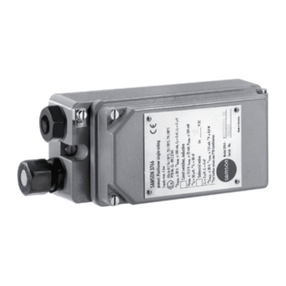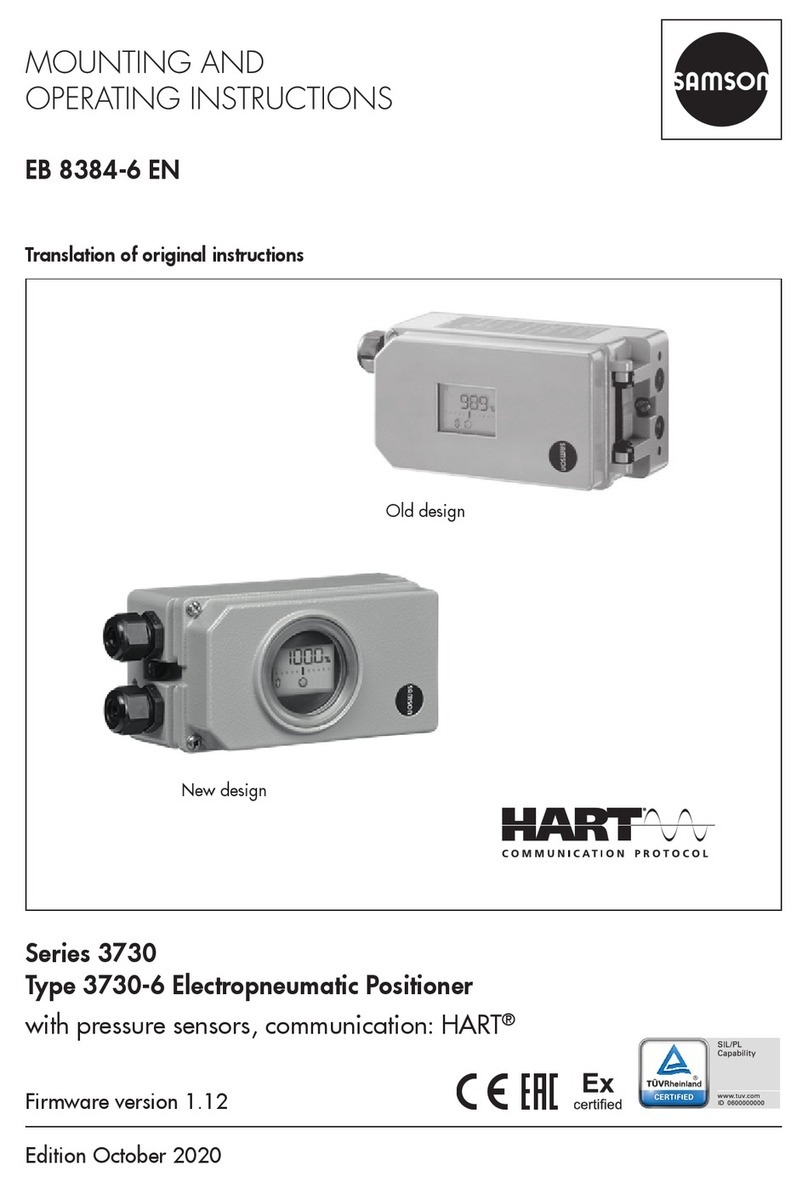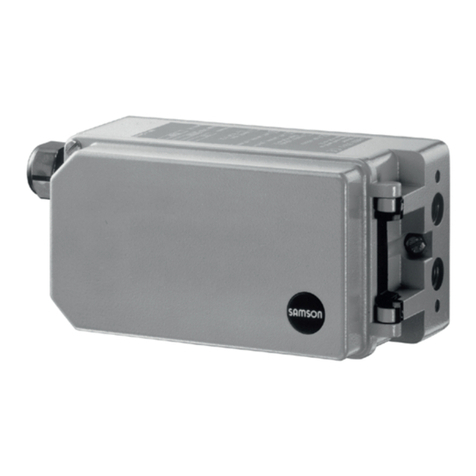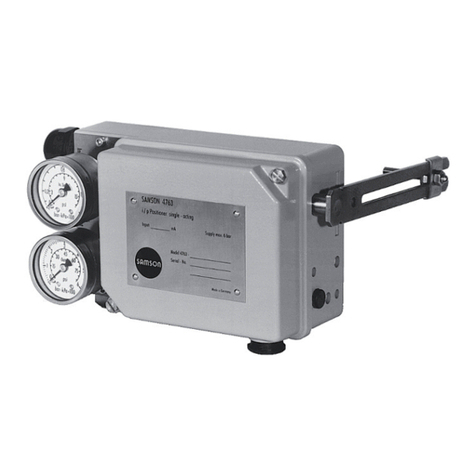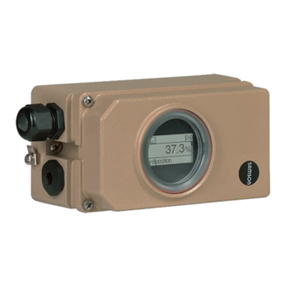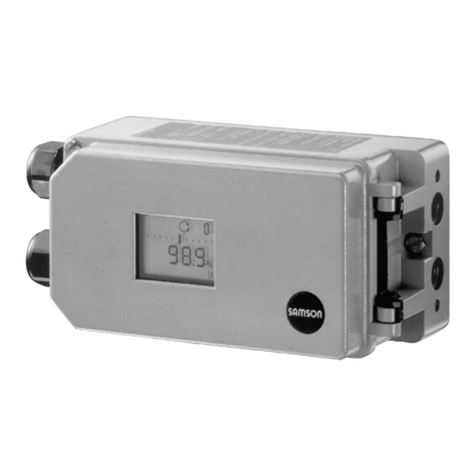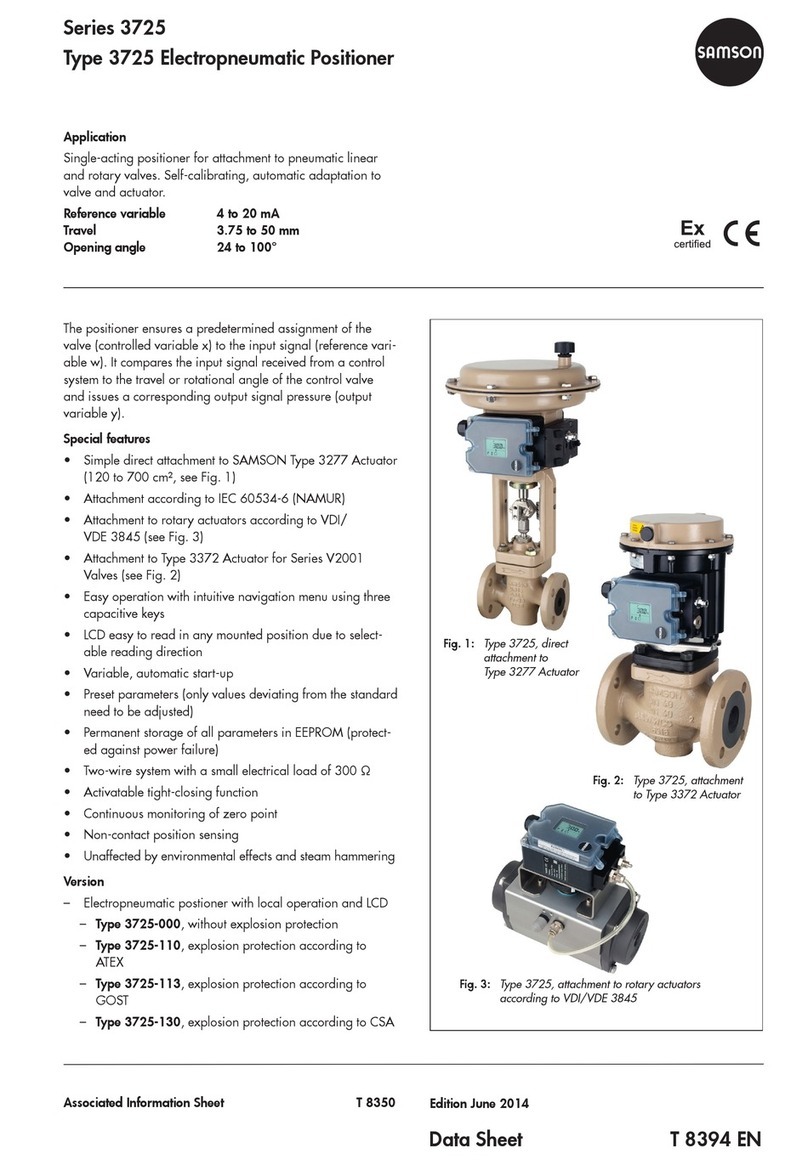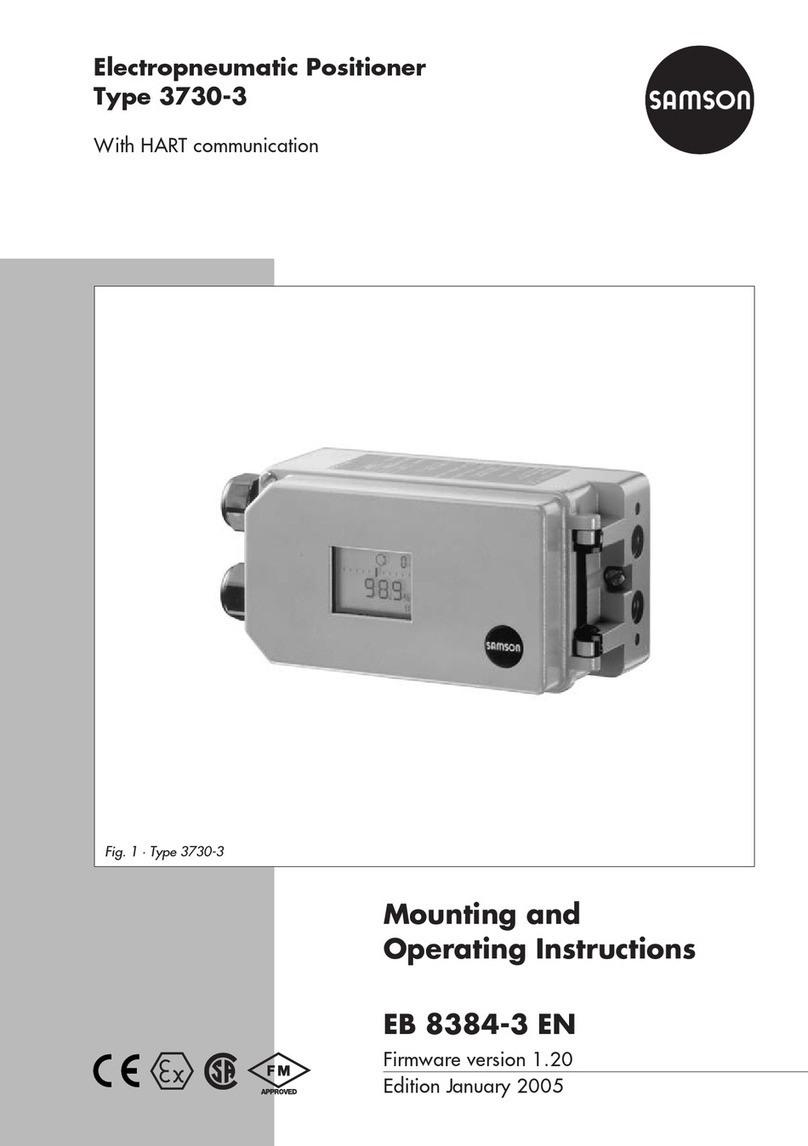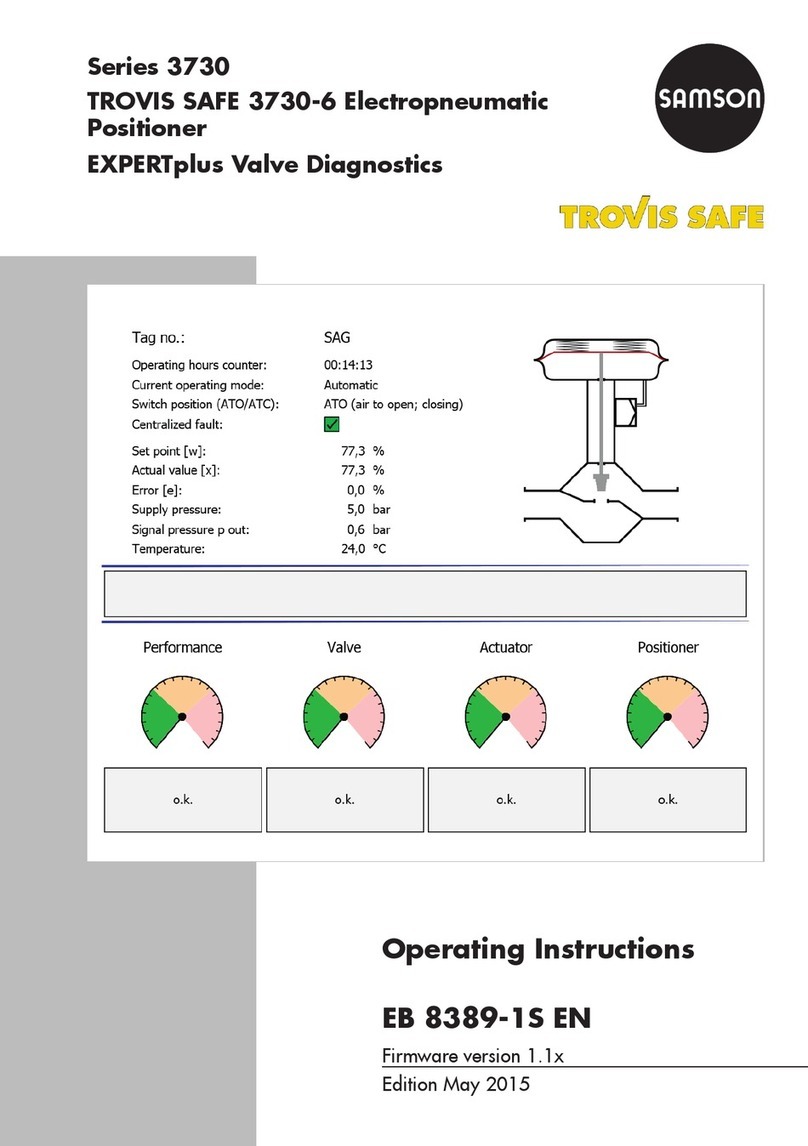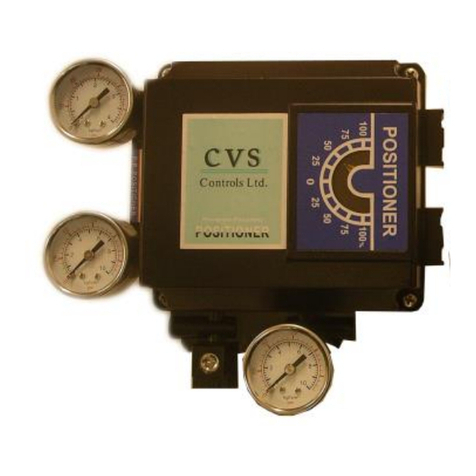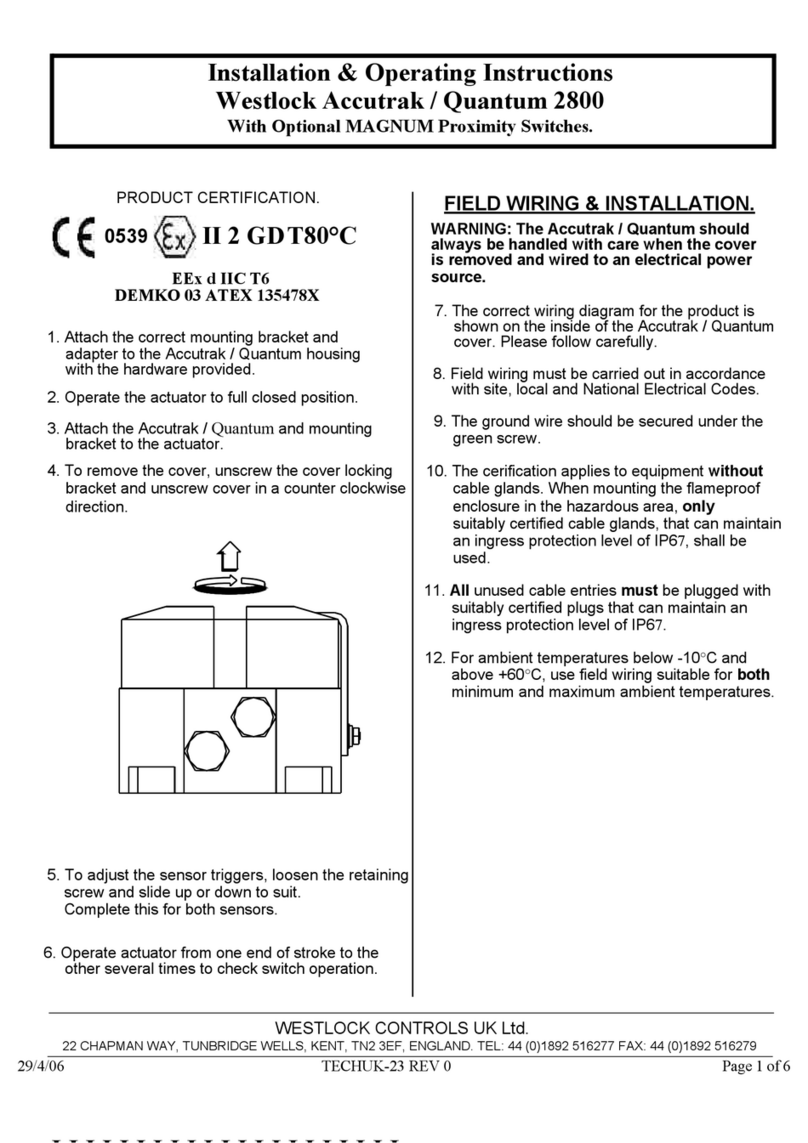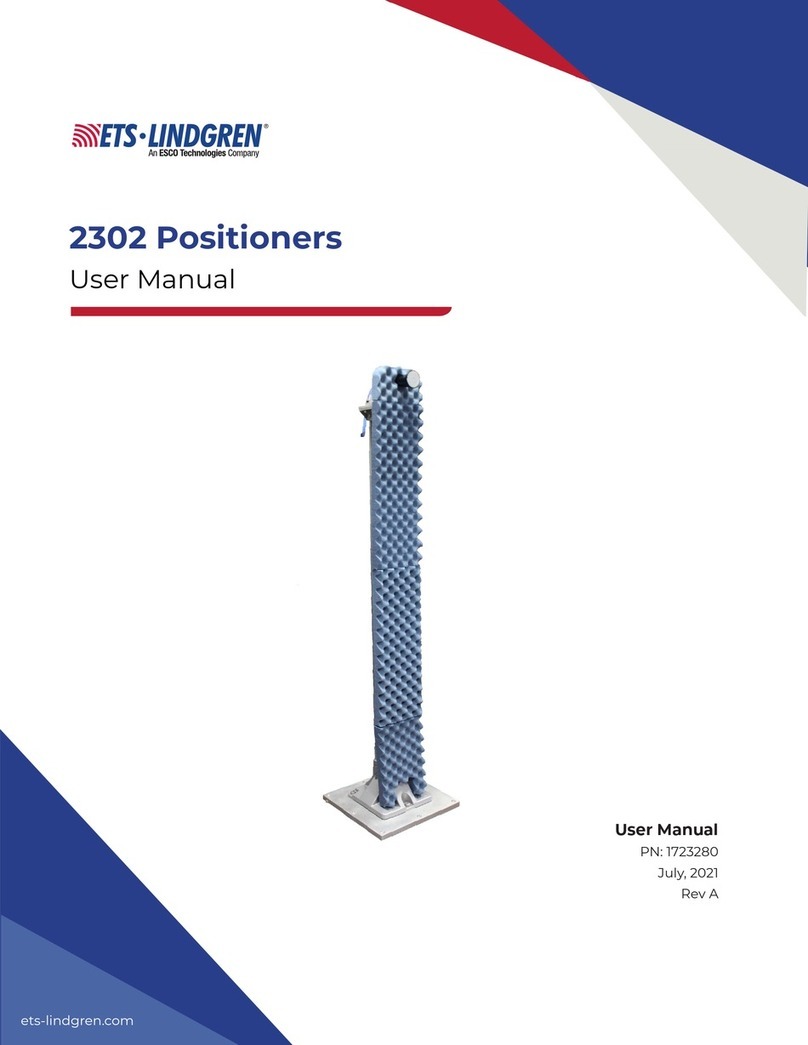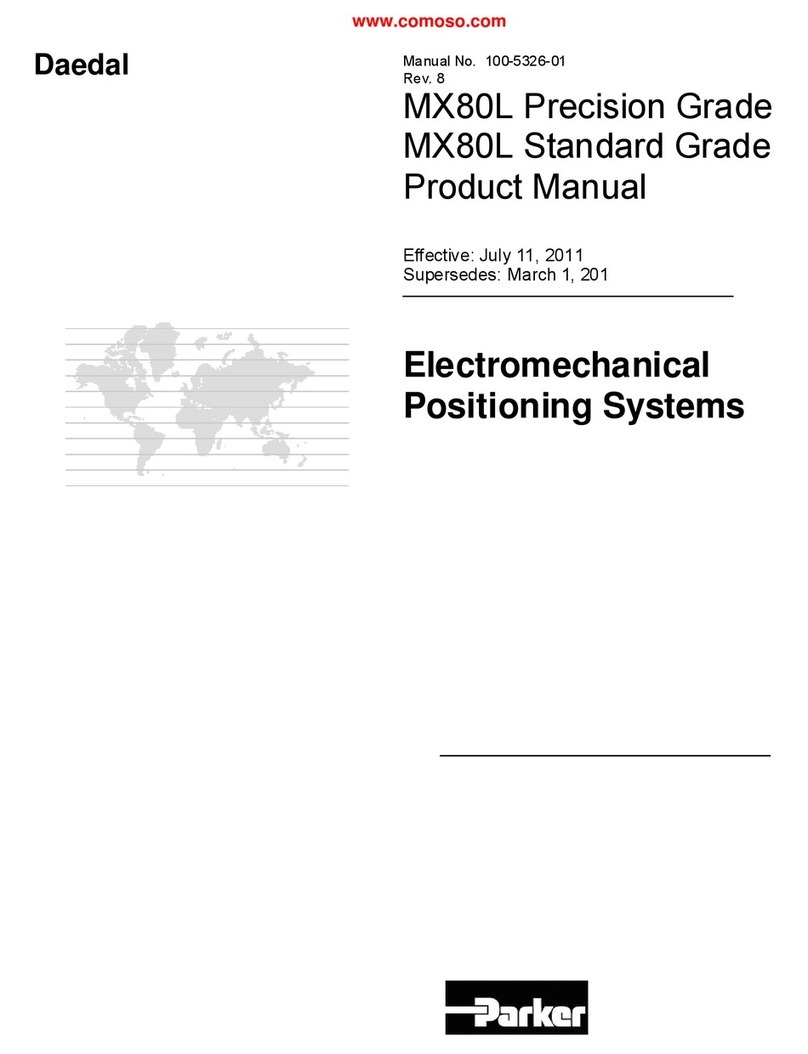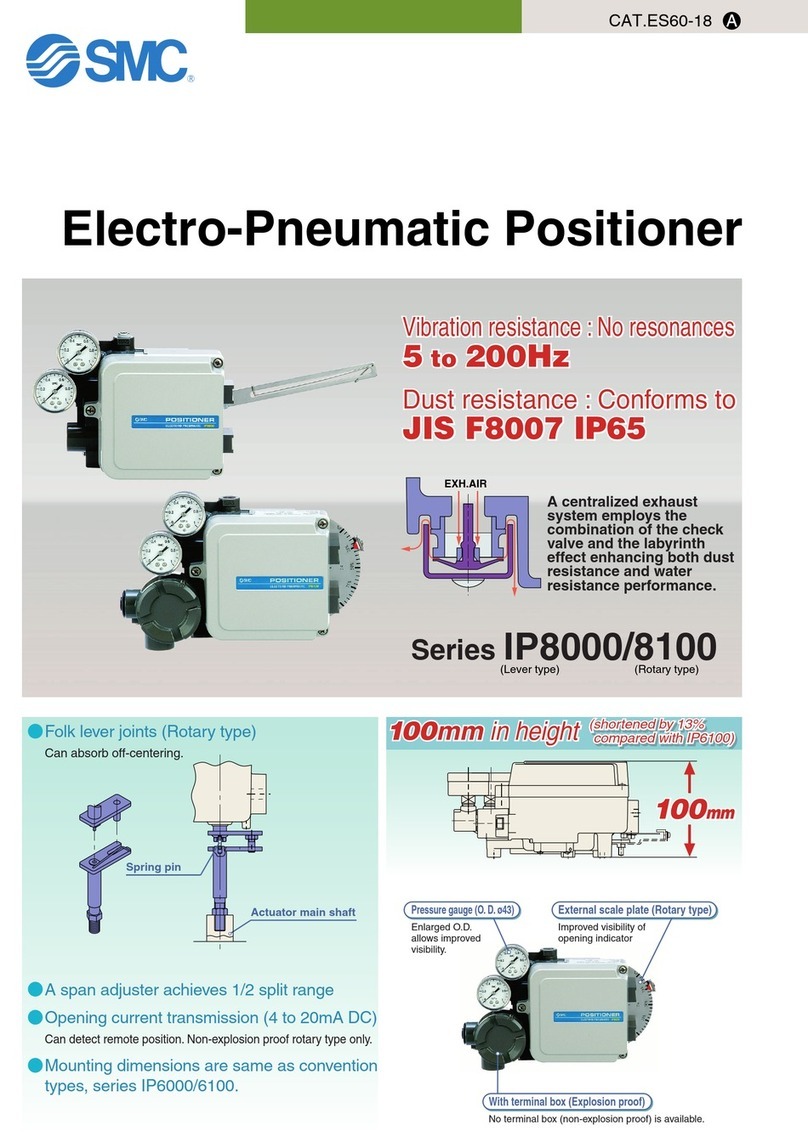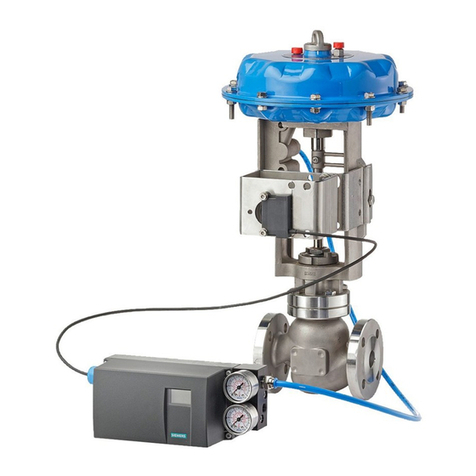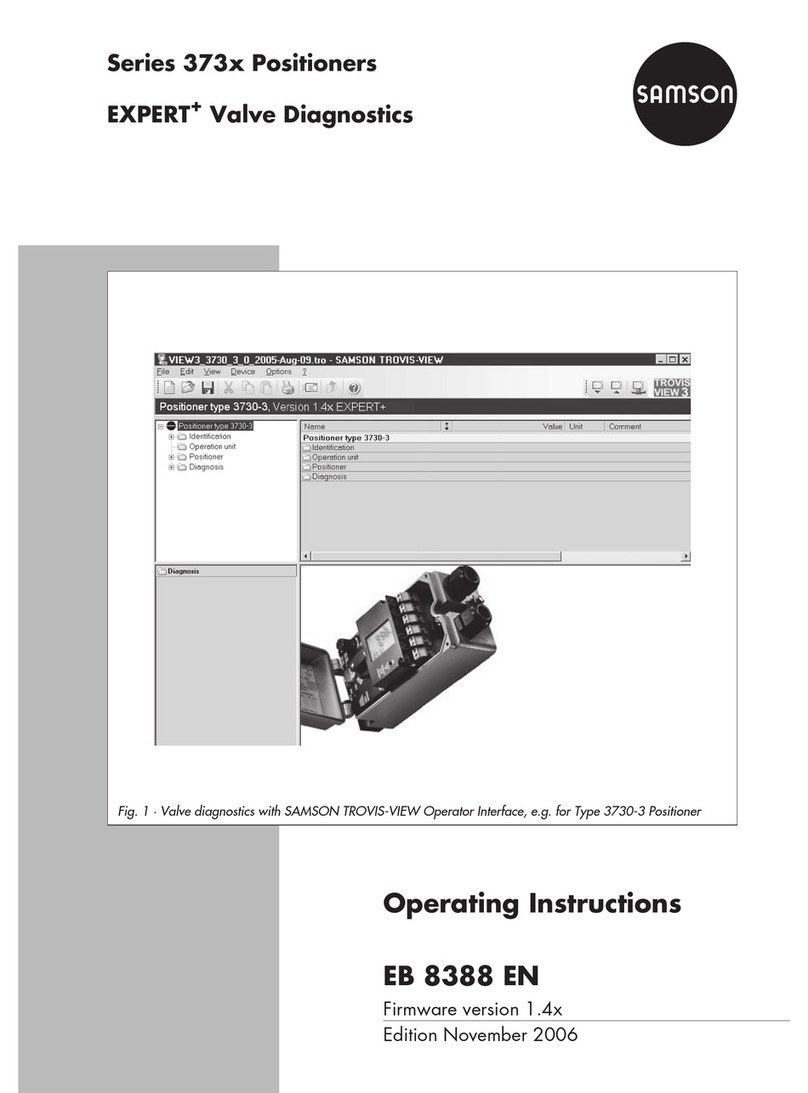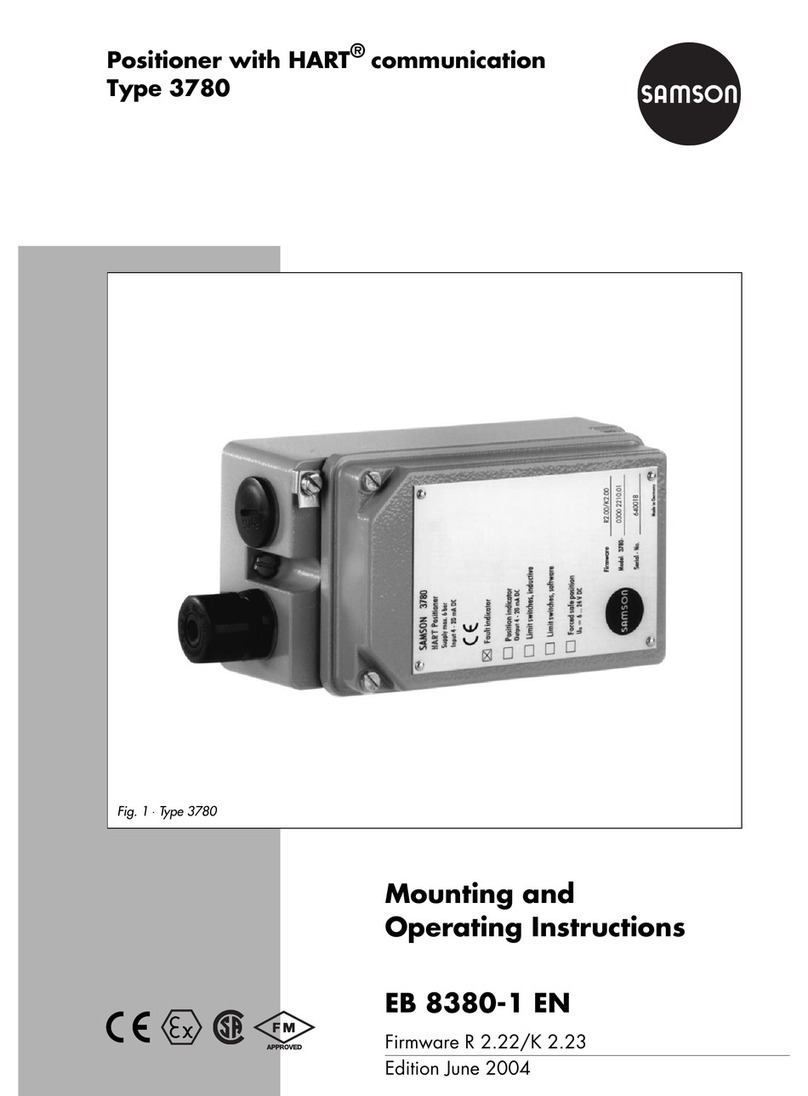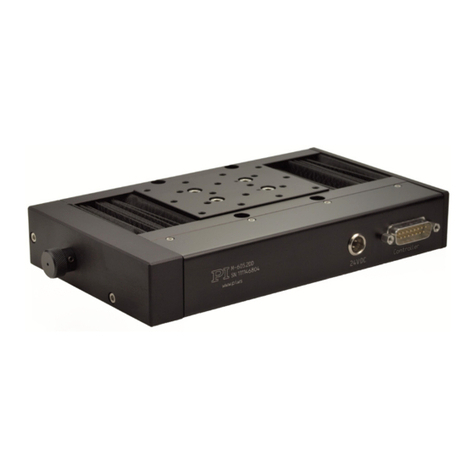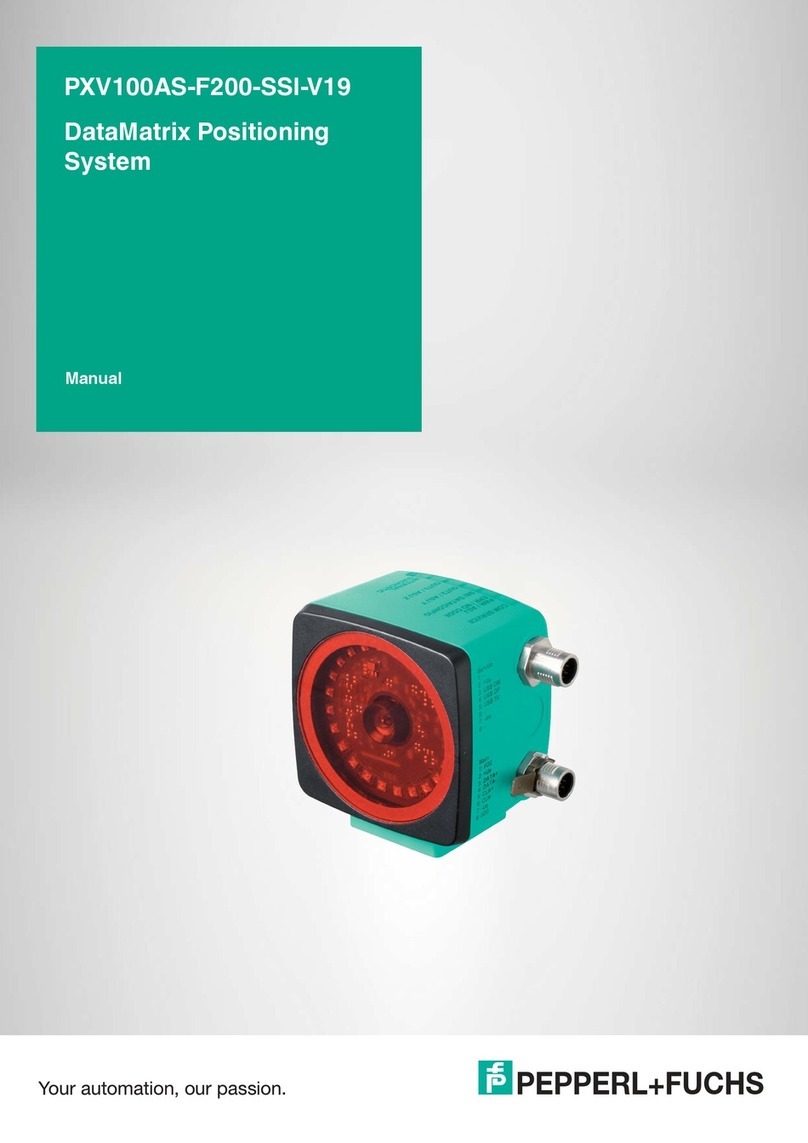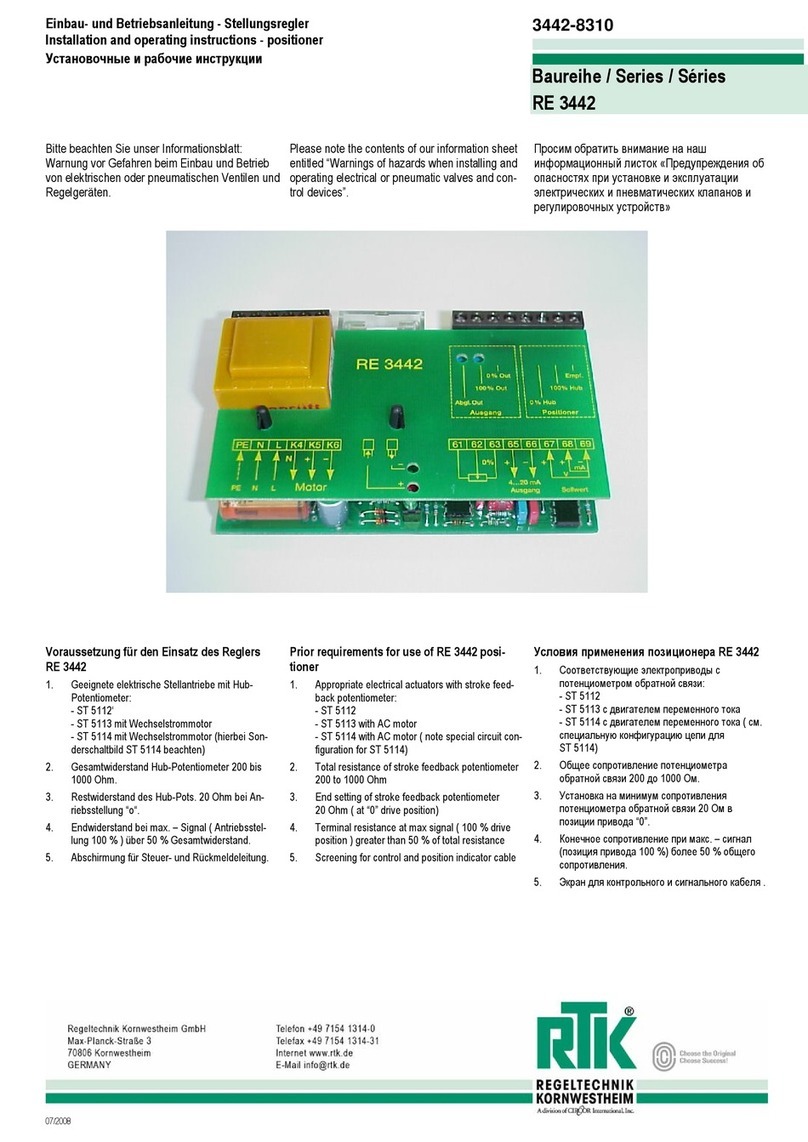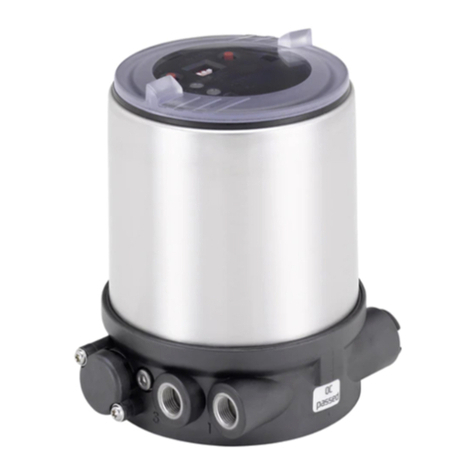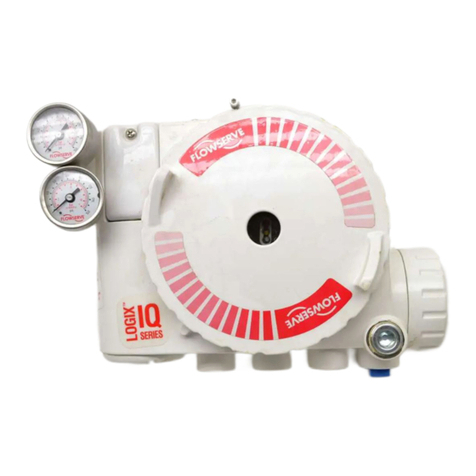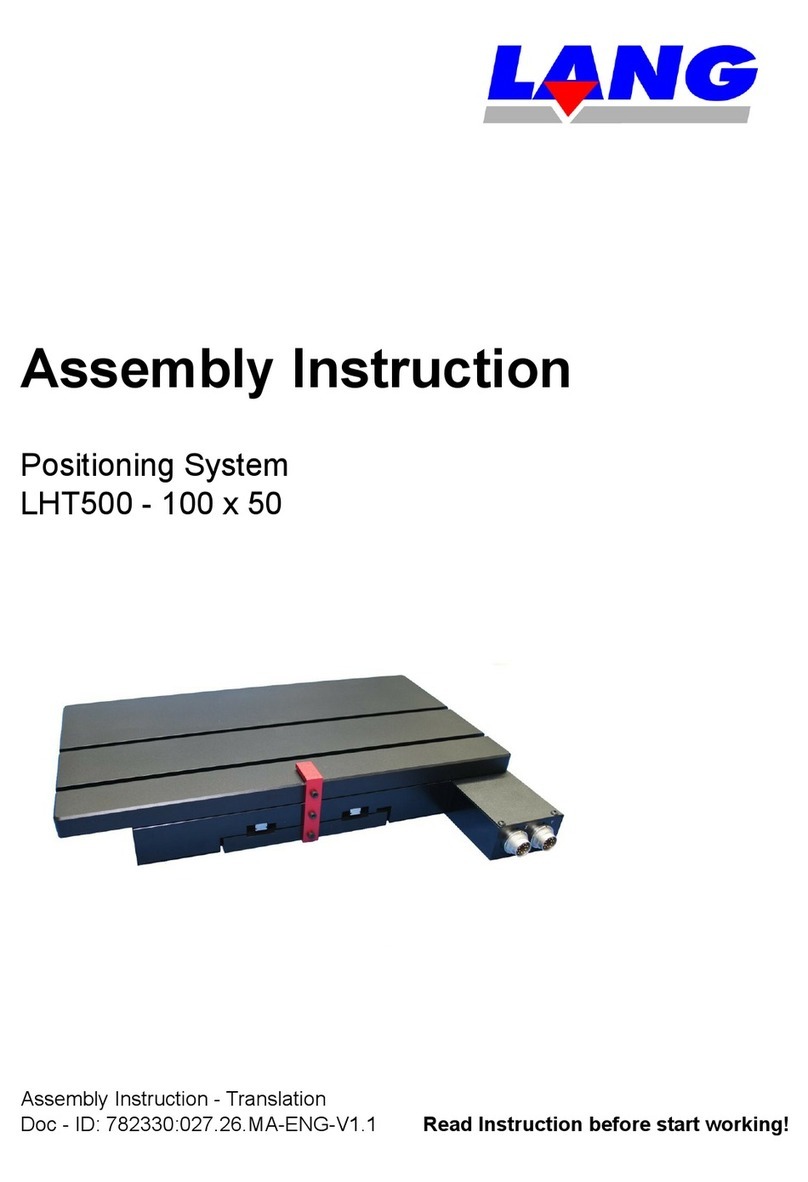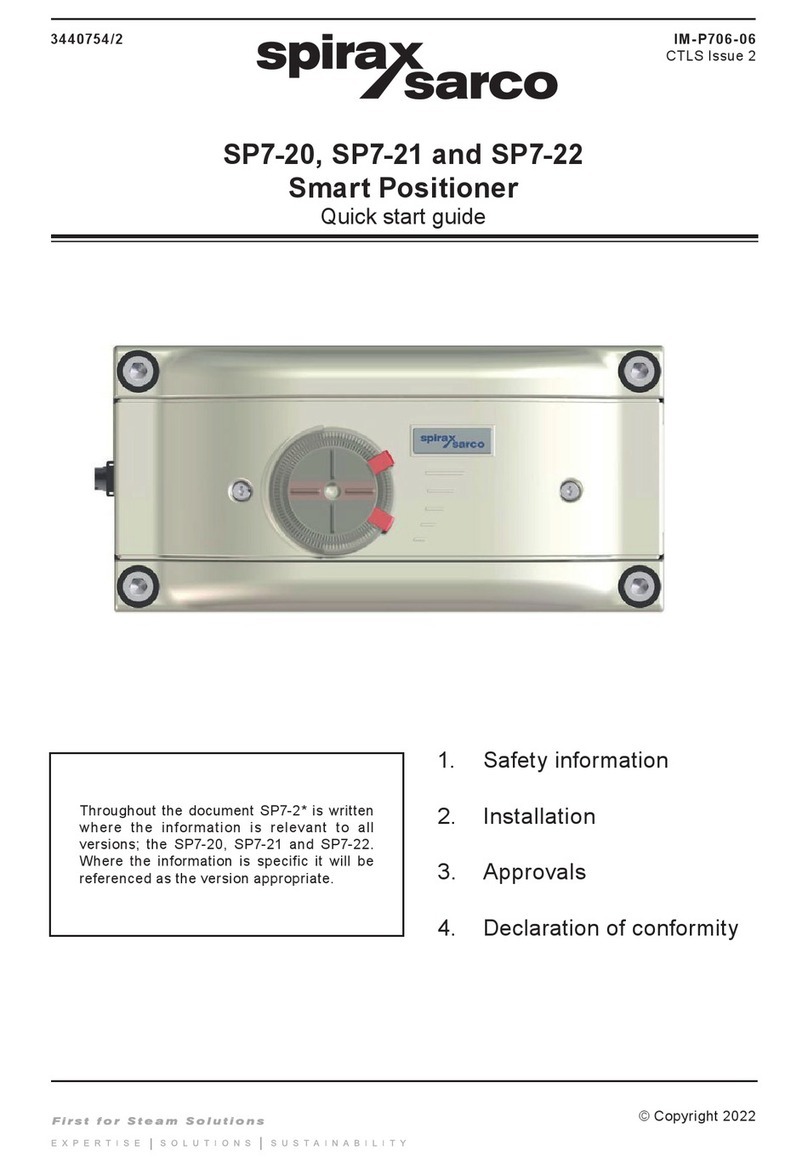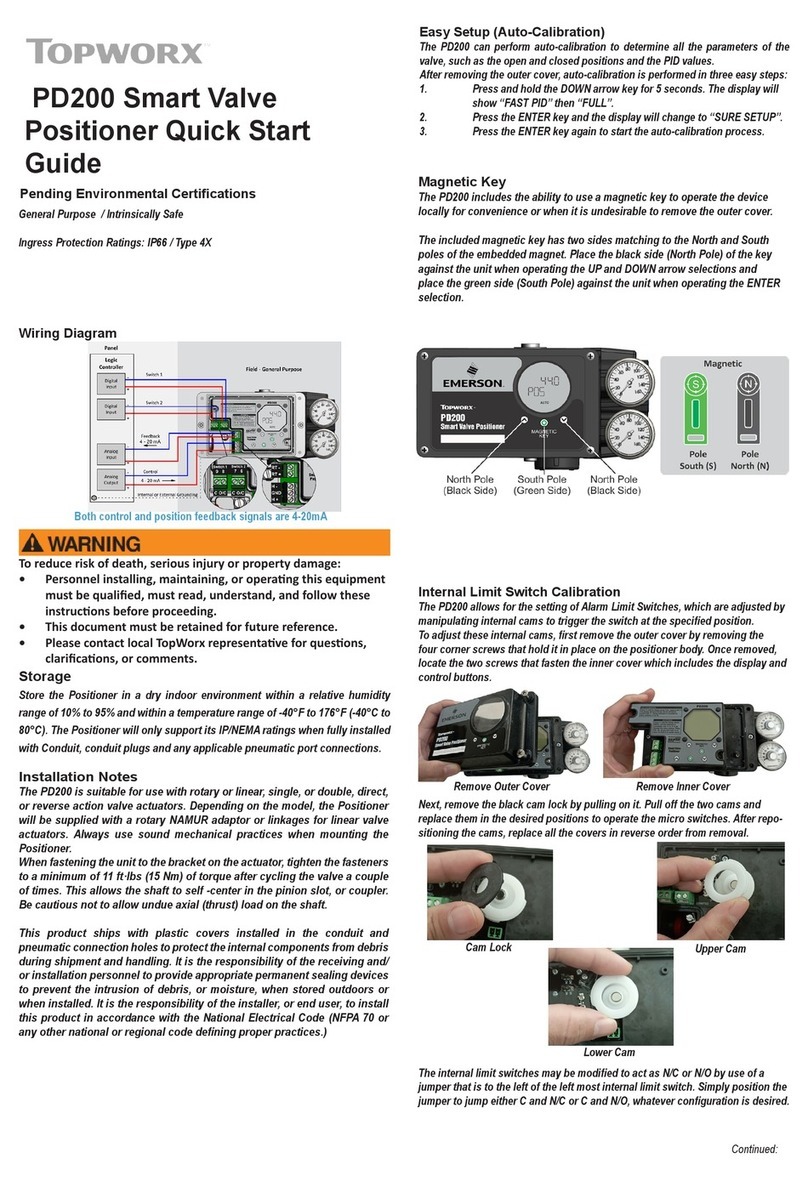
Contents
EB 8384-1 EN 3
1 Safety instructions and measures ...................................................................6
1.1 Notes on possible severe personal injury .........................................................9
1.2 Notes on possible personal injury ...................................................................9
1.3 Notes on possible property damage..............................................................10
2 Markings on the device ...............................................................................11
2.1 Nameplate..................................................................................................11
2.2 Article code.................................................................................................12
2.3 Firmware versions........................................................................................13
3 Design and principle of operation ................................................................14
3.1 Mounting versions........................................................................................16
3.2 Device overview and operating controls.........................................................16
3.3 Accessories .................................................................................................17
3.4 Travel tables ................................................................................................21
3.5 Technical data .............................................................................................22
3.6 Dimensions in mm........................................................................................26
3.7 FixinglevelsaccordingtoVDI/VDE3845(September2010) ..........................30
4 Measures for preparation............................................................................31
4.1 Unpacking ..................................................................................................31
4.2 Transporting ................................................................................................31
4.3 Storage.......................................................................................................31
5 Mounting and start-up.................................................................................32
5.1 Mounting position........................................................................................32
5.2 Lever and pin position..................................................................................32
5.3 Direct attachment.........................................................................................34
5.3.1 Type3277-5Actuator ..................................................................................34
5.3.2 Type3277Actuator .....................................................................................36
5.4 AttachmentaccordingtoIEC60534-6...........................................................38
5.5 AttachmentaccordingtoVDI/VDE3847-1....................................................40
5.6 AttachmentaccordingtoVDI/VDE3847-2....................................................47
5.6.1 Version for single-acting actuator..................................................................48
5.6.2 Version for double-acting actuator.................................................................50
5.7 AttachmenttoType3510Micro-owValve ....................................................54
5.8 Attachment to rotary actuators ......................................................................54
5.8.1 Heavy-duty version ......................................................................................56
5.9 Reversingamplierfordouble-actingactuators ..............................................60
5.9.1 Reversingamplier(1079-1118or1079-1119) ............................................60
5.10 Attaching positioners with stainless steel housings...........................................62
